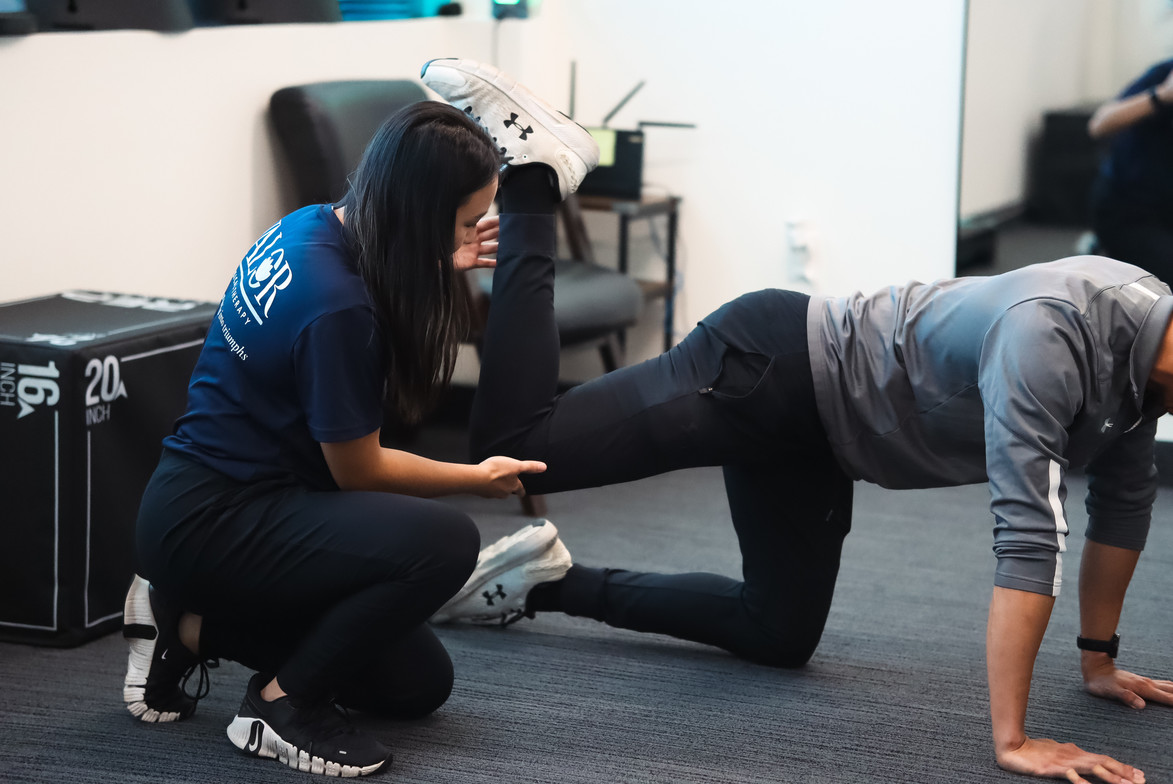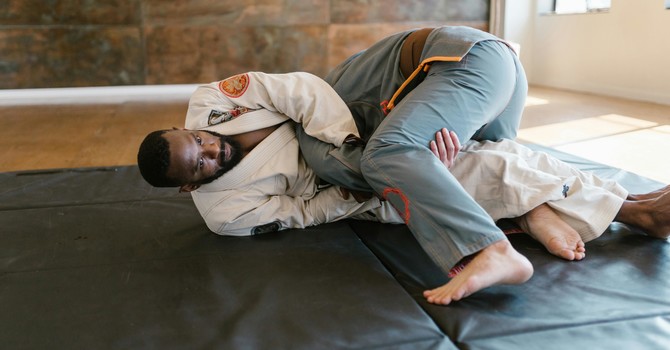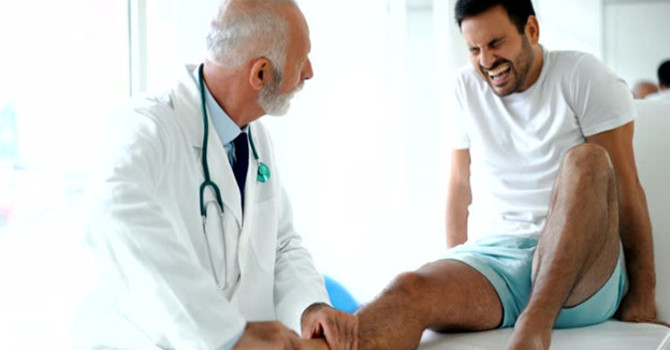
Whether you're a recreational athlete, hobbyist or a high-performing competitor, mobility plays a crucial role in your ability to move, perform, and stay injury-free. At our physical therapy clinic, one of the most common questions we get is:
“What’s the difference between active and passive mobility?”
This post will break down both concepts in simple terms and show you why training both is essential, not just for athletic performance, but for everyday movement, injury prevention, and long-term joint health.
What is Active Mobility?
Active mobility refers to the range of motion a joint can move through using your own muscle strength and control without any external help. Think of lifting your leg up in the air and holding it there. That’s your body actively controlling the movement.
Benefits of Active Mobility:
- Enhances muscle control and coordination
- Improves joint stability
- Boosts functional strength
- Helps reduce injury risk in dynamic sports movements
What is Passive Mobility?
Passive mobility is your full range of motion assisted by an external force, like a therapist stretching your leg or using a strap to pull your arm. It shows the full potential range your joint can reach, but without muscle engagement.
Benefits of Passive Mobility:
- Helps identify range-of-motion limitations
- Important for rehab and post-surgery recovery
- Relieves tight muscles and fascia
- Enhances flexibility for deep tissue release
Why the Difference Matters in Sports
In many sports, like jiu-jitsu, running, surfing, or lifting, you need both strength and range of motion. Passive mobility may give you flexibility, but if your active mobility doesn’t match, you’re more prone to injuries like strains, sprains, and joint instability.
Imagine you can stretch into a deep squat passively, but don’t have the active strength to support your body there, that's a recipe for knee or lower back injuries.
Training Active vs. Passive Mobility
Examples of Active Mobility Exercises (Use Control)
- Controlled Articular Rotations (CARs) for hips, shoulders, spine
- Prone angels
- Shoulder overhead presses
- Deep squats and lunges
These exercises focus on muscle activation through a full range of motion.
Examples of Passive Mobility Exercises (Use Assistance)
- Hamstring stretch with a strap
- Seated figure 4 stretch
- Child’s pose
- Doorway chest stretch
These help relax tight areas, increase passive range, and are great after a workout.
Improve Performance & Prevent Injury
If you’re stuck in your training, dealing with nagging pain, or recovering from an injury, it might be time to evaluate both your active and passive mobility. The closer your active mobility is to your passive mobility, the better.
At our clinic, we assess your movement patterns and build customized programs to restore balance between flexibility and control while also keeping your movement goals in mind.
Want to know where your mobility gaps are?
Book a Mobility Assessment with our physical therapist.
We’ll guide you through a personalized plan to get you moving and performing better, pain-free.

Valentine Ngo
Contact Me



